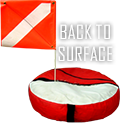WHAT ELSE Bottle Cap
Expertise lent by Jon Steiner Jr. written by Steven Libbey
With Louis Painter's 1892 invention of the crown top bottle a new collectable and the inspiration for this month’s what else was created. Crown top bottle caps were used to seal in everything from beer and soda to household chemicals.
Antique crown top bottles often times, most of the time, came with little tin lithographed caps. The tiny graphic designs allowed people to see what bottles contained when looking down into an ice box or at bottles laid on their side facing out. As with just about every utilitarian piece of packaging, people 100 years ago put extra effort in to add artistic appeal and branding when they capped their crown top bottles.
More advanced bottle and advertising collectors tend to look for other ephemera to go with collections as finding pieces for becomes difficult. Bottle caps are ideally suited as a side light big dog collectors can seek out as a compliment to an advanced collection. Bottle caps are often under appreciated creating an affordable entrance for upstart collectors too. With a base price value for common Pabst, Blatz or Schlitz bottle caps of fifty cents or less a ten year old can wade into bottle cap collecting with minimal cost and quickly amass an interesting advertising collection with considerably greater value than initial investment.
Bottle caps regularly show up at garage sales and flea markets. Bottle caps often suffer from the famous too good to throw out but not so good as to garner much respect from people who don’t know. With many of the more unique and small town Wisconsin brewery bottle caps being worth $100 to $150 or more knowing bottle caps, for non bottle cap collectors, is an opportunity to find undervalued Wisconsin bottle related treasures and bring them to the ‘in the know’ market.
What YOU need to know when looking at bottle caps;
The most desirable Wisconsin bottle caps are from small town breweries.
The earliest 1892 to 1935 are simply lined with cork. From 1935 to about 1960 the cork inside the bottle cap was lined with tin foil. From about 1960 to 1980 bottle caps are lined with wax paper and after about 1980 they are lined with plastic.
Soda caps tend not to be as valuable, yet some Wisconsin soda bottle caps can be desirable. Just like in soda bottles ‘root beer’ tends to have more specific bottle cap collector appeal and greater demand. Demand equals value. A bit of insider bottle cap collector information is bottle caps are often disguised. Back in the day bottle caps were used to make folk art and crafts. You might happen across an old ashtray or piece of decorative art made entirely out of bottle caps. As a folk art piece bottle cap art tends to have very little value. All it takes is one Neosho Wisconsin beer bottle cap and that two dollar rummage sale ash tray is worth $150! It is interesting to note damage is accepted without much detraction on rare bottle caps. Even the commonly used ice pick stuck through the middle of a cap to open a bottle doesn’t detract much from the value of a rare bottle cap.
To see some interesting crafts that just might have an imbedded treasure try searching for bottle cap art on eBay. Keep your eyes peeled and if you do see that Neosho Wisconsin bottle cap remember our Milwaukee Bottle club member Wayne Weber, he’ll make you glad you did.








